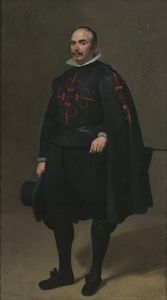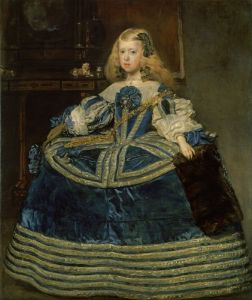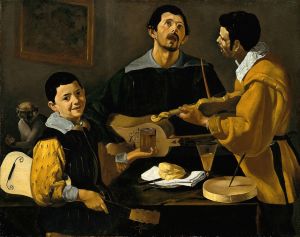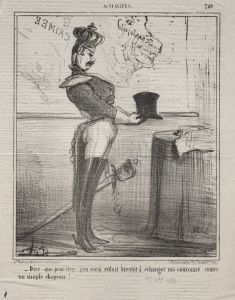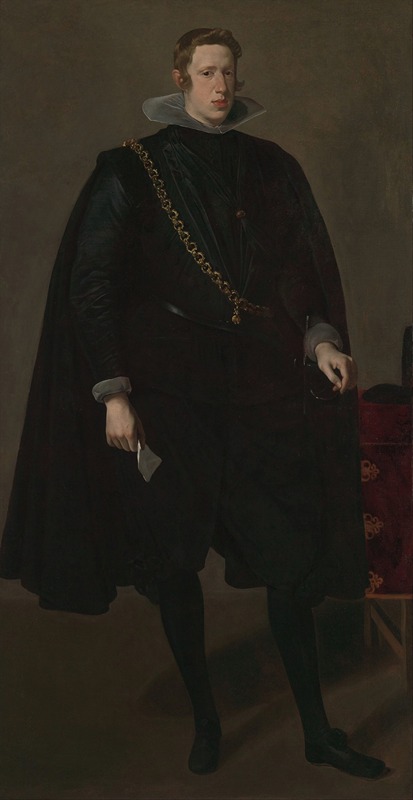
Philip IV , King of Spain
A hand-painted replica of Diego Velázquez’s masterpiece Philip IV , King of Spain, meticulously crafted by professional artists to capture the true essence of the original. Each piece is created with museum-quality canvas and rare mineral pigments, carefully painted by experienced artists with delicate brushstrokes and rich, layered colors to perfectly recreate the texture of the original artwork. Unlike machine-printed reproductions, this hand-painted version brings the painting to life, infused with the artist’s emotions and skill in every stroke. Whether for personal collection or home decoration, it instantly elevates the artistic atmosphere of any space.
"Philip IV, King of Spain" is a renowned portrait painted by the Spanish Baroque artist Diego Velázquez. This artwork is one of the many portraits Velázquez created of Philip IV, who reigned as King of Spain from 1621 to 1665. Velázquez, who served as the leading court painter for Philip IV, is celebrated for his masterful technique and his ability to capture the character and presence of his subjects.
The painting depicts Philip IV in a dignified and regal manner, showcasing Velázquez's skill in rendering textures and details. The king is portrayed wearing a richly adorned costume, which reflects his high status and the opulence of the Spanish court. The intricate details of the fabric and the subtle play of light and shadow on the king's face and attire demonstrate Velázquez's exceptional talent in portraiture.
Velázquez's relationship with Philip IV was both professional and personal. The artist first entered the service of the Spanish court in 1623, and over the years, he became a close confidant of the king. This close relationship allowed Velázquez to create numerous portraits of Philip IV, capturing the monarch at different stages of his life. These portraits not only served as official representations of the king but also provided a more intimate glimpse into his personality and reign.
One of the notable aspects of Velázquez's portraits of Philip IV is the sense of realism and immediacy they convey. Unlike many of his contemporaries, Velázquez avoided idealizing his subjects. Instead, he focused on portraying them with honesty and subtlety, which has led to his works being highly regarded for their psychological depth and naturalism.
The exact date of the creation of "Philip IV, King of Spain" is not definitively known, but it is generally believed to have been painted around the mid-17th century, during the height of Velázquez's career. The painting is part of the collection of the Museo del Prado in Madrid, Spain, which houses many of Velázquez's masterpieces.
Velázquez's portraits of Philip IV are significant not only for their artistic merit but also for their historical value. They provide insight into the appearance and demeanor of one of Spain's most important monarchs, as well as the cultural and political context of the Spanish Golden Age. Through these portraits, Velázquez has left an enduring legacy that continues to be studied and admired by art historians and enthusiasts around the world.
In summary, "Philip IV, King of Spain" by Diego Velázquez is a masterful portrait that exemplifies the artist's skill in capturing the essence of his subjects. It stands as a testament to Velázquez's close relationship with the Spanish king and his ability to convey both the grandeur and humanity of his royal sitter.






